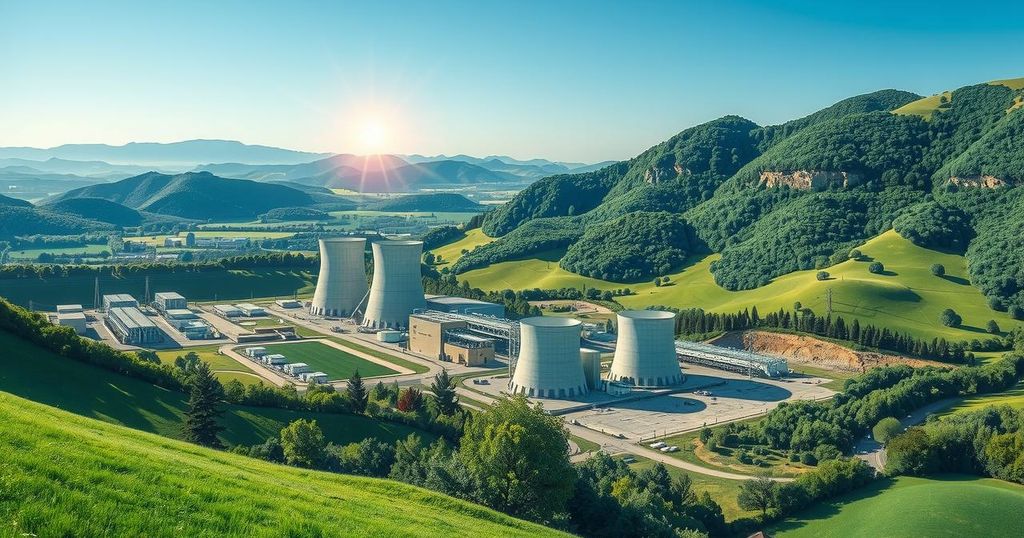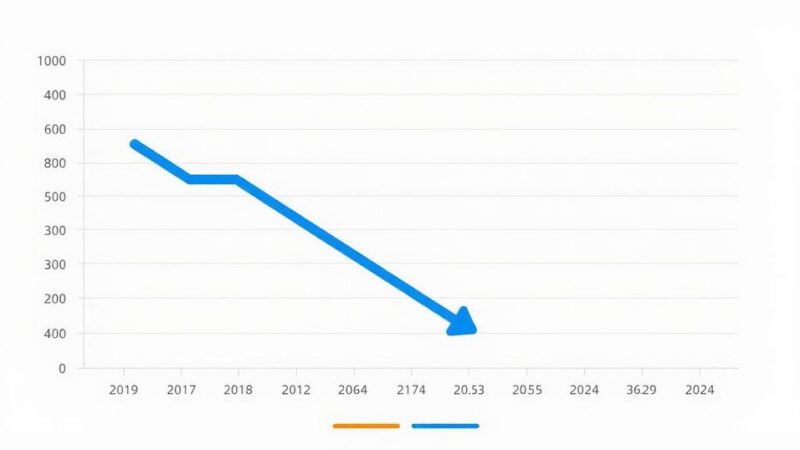Malawi’s Kayelekera Uranium Mine is reopening with a $200 million investment from Lotus Resources, reviving the site after its closure in 2014. Set to restart in Q3 2025, the mine aims to meet rising global demand for nuclear energy. While offering economic opportunities, civil society groups express concerns regarding safety and transparency in operations.
Malawi is on the verge of revitalizing its Kayelekera Uranium Mine, thanks to a substantial investment of MK350 billion (approximately US$200 million) from Lotus Resources, an Australian company. After a long hiatus since 2014, the mine is set to resume operations in the third quarter of 2025, aiming to position the nation as a pivotal player in the returning global nuclear energy landscape. The shift towards nuclear power comes as the need for reliable, clean energy amplifies, especially given the intermittency challenges faced by renewable energy sources.
Lotus Resources has characterized Kayelekera as a “world-class asset” during their presentation at the recent Macquarie Australia Conference, emphasizing its significance to the global energy transition. The confidence in nuclear energy is reflected in commitments made at COP28, where 22 nations vowed to triple nuclear energy generation by the year 2050—a number that expanded to 31 by 2024 as energy utilities rush to secure uranium. Indeed, uranium prices have skyrocketed, more than doubling since 2020, intensifying the race for this vital resource.
Historically, Kayelekera was among Malawi’s top exporters, producing over 1,000 tonnes of uranium each year. With existing infrastructure poised for immediate use, the mine is already ahead in the competition. Lotus has successfully finalized agreements to deliver up to 3.8 million pounds of uranium oxide to four different purchasers, including the U.S.-based PSEG Nuclear, between 2026 and 2029. These contracts are market-price linked, providing Lotus with a buffer against fluctuating prices.
More than US$200 million has already been invested in infrastructure for the project, with an additional US$38.5 million raised since 2022. These factors position Kayelekera as one of the most prepared uranium projects for restart in Africa. Moreover, the workforce is predominantly local, with over 90% of employees being Malawian, and Lotus has emphasized its commitment to local hiring as operations recommence.
In May 2025, the restart was conditionally greenlit by Malawi’s Atomic Energy Regulatory Authority, though it comes with stringent requirements regarding environmental monitoring and community engagement. Yet, not everyone is satisfied with such measures. Civil society organizations, particularly activists from the Natural Resources Justice Network, have voiced deep concerns about potential radiation dangers, waste handling, and how the benefits will be distributed among communities.
While Kayelekera’s uranium will not directly supply electricity to Malawi’s national grid, the anticipated economic benefits could be substantial. In a country where merely 15% of the population has access to electricity, effective management of this resource might bring transformative changes if handled judiciously.
Malawi is set to reinvigorate its Kayelekera Uranium Mine with a significant $200 million investment aimed at seizing opportunities within the nuclear energy sector. With a focus on environmental safety and local hiring, the move is expected to boost the economy despite concerns from activists. As demand for clean energy grows, this project could redefine Malawi’s energy landscape, even if its uranium does not directly connect to the local grid.
Original Source: www.nyasatimes.com






